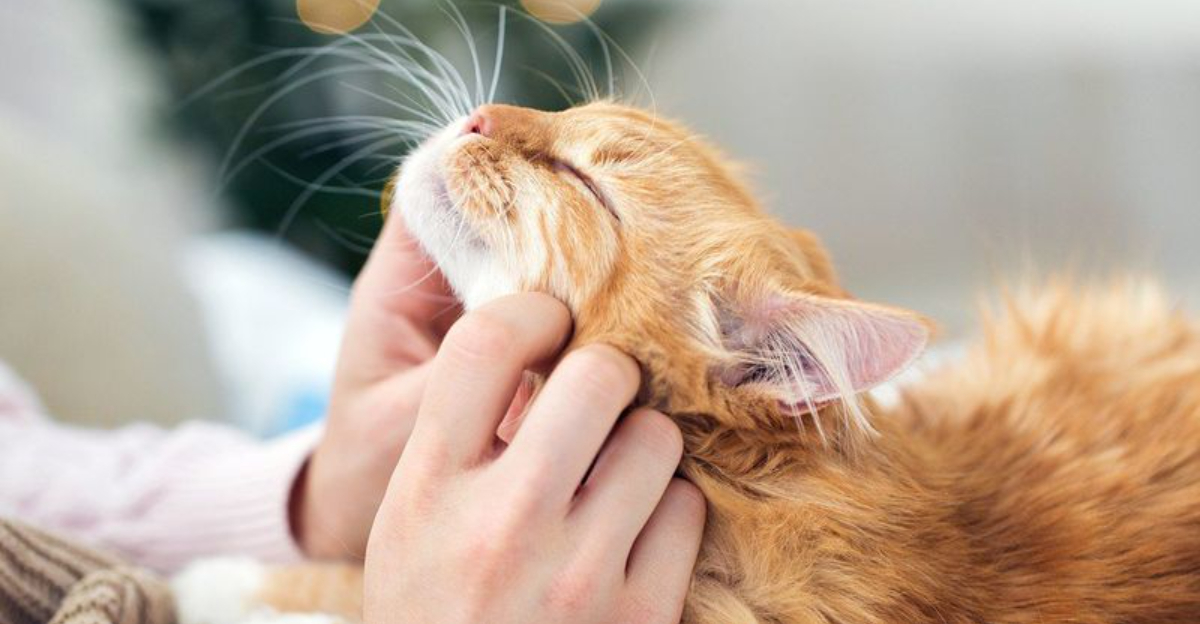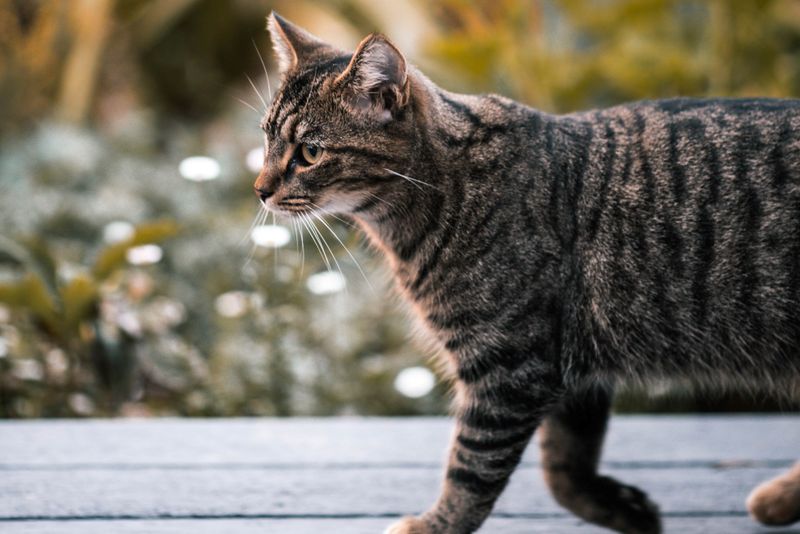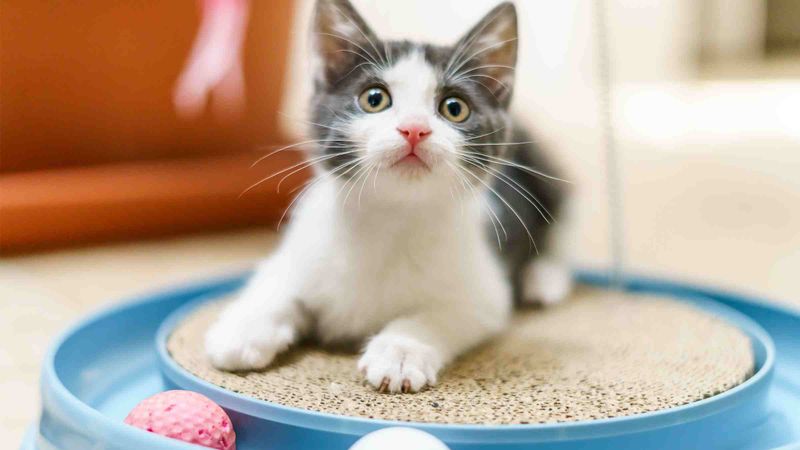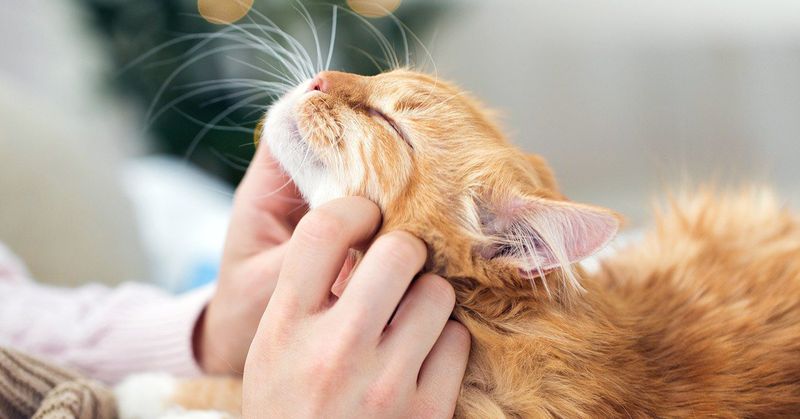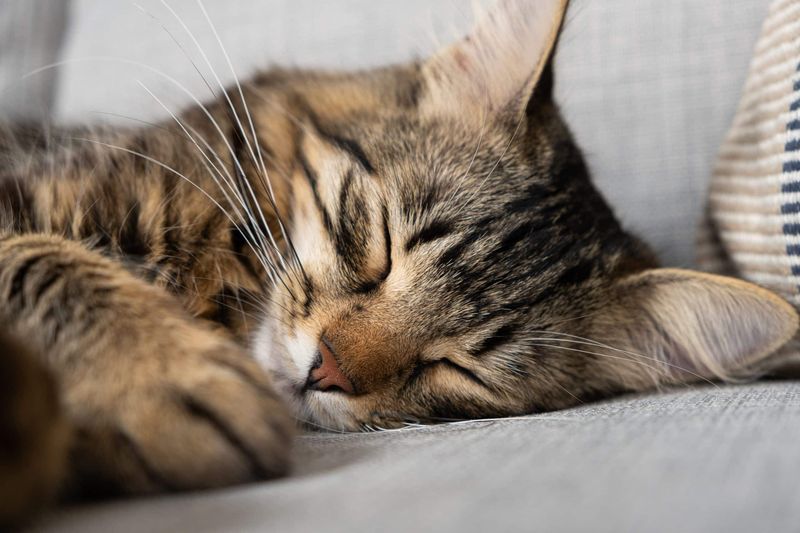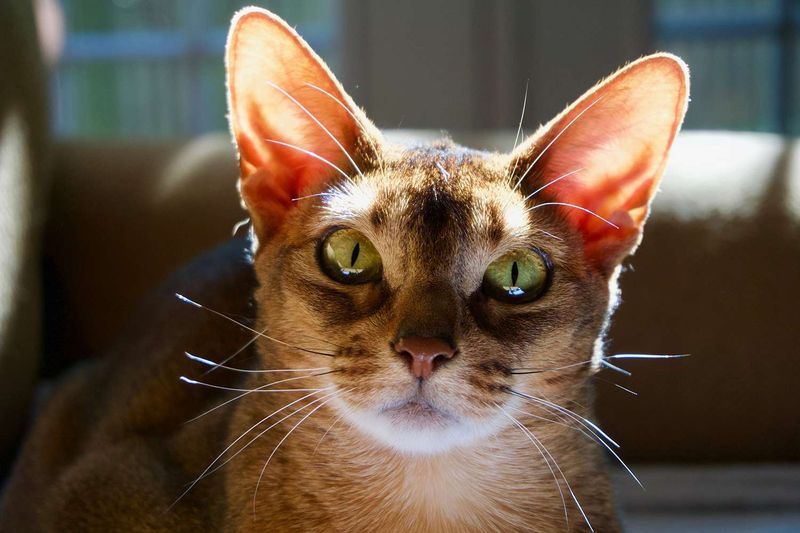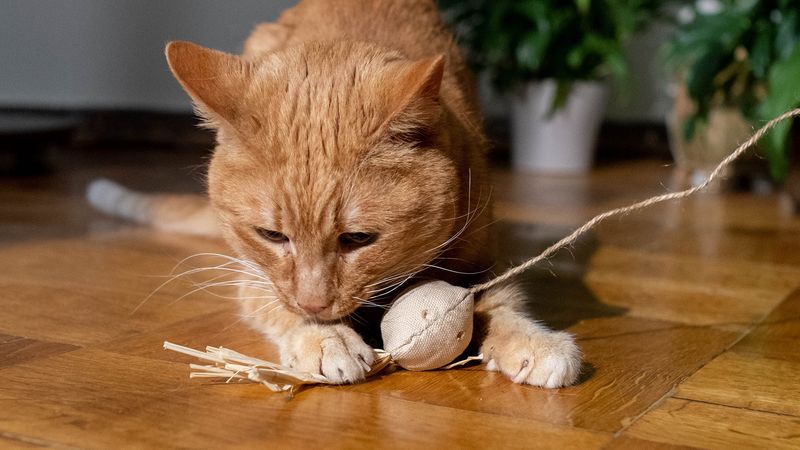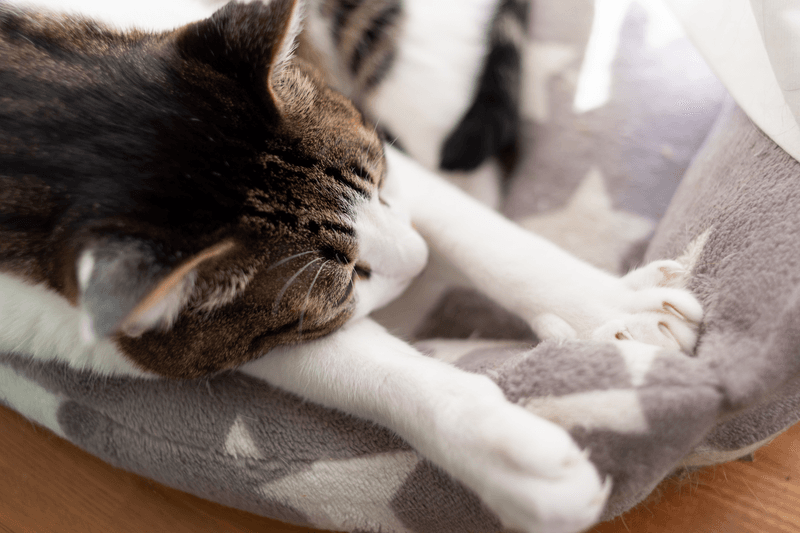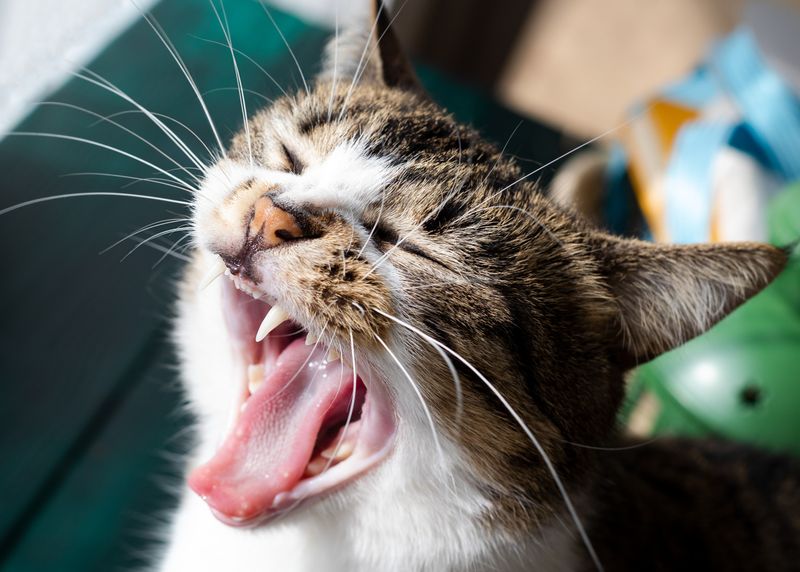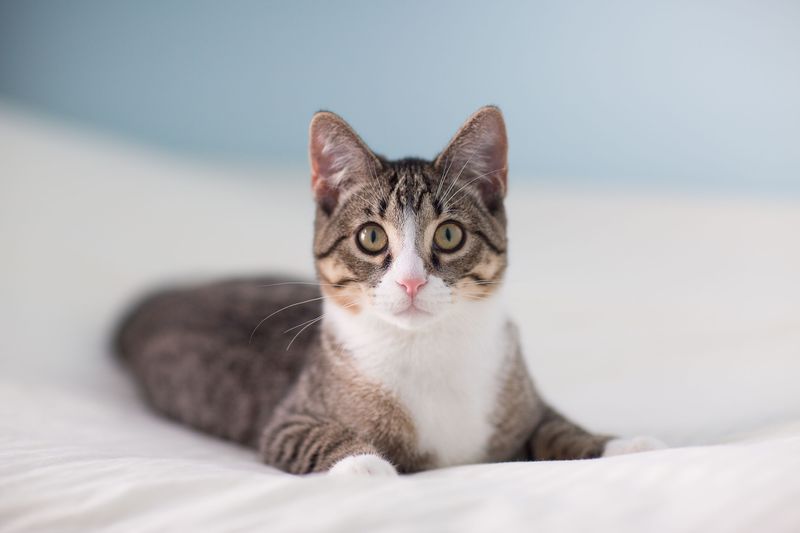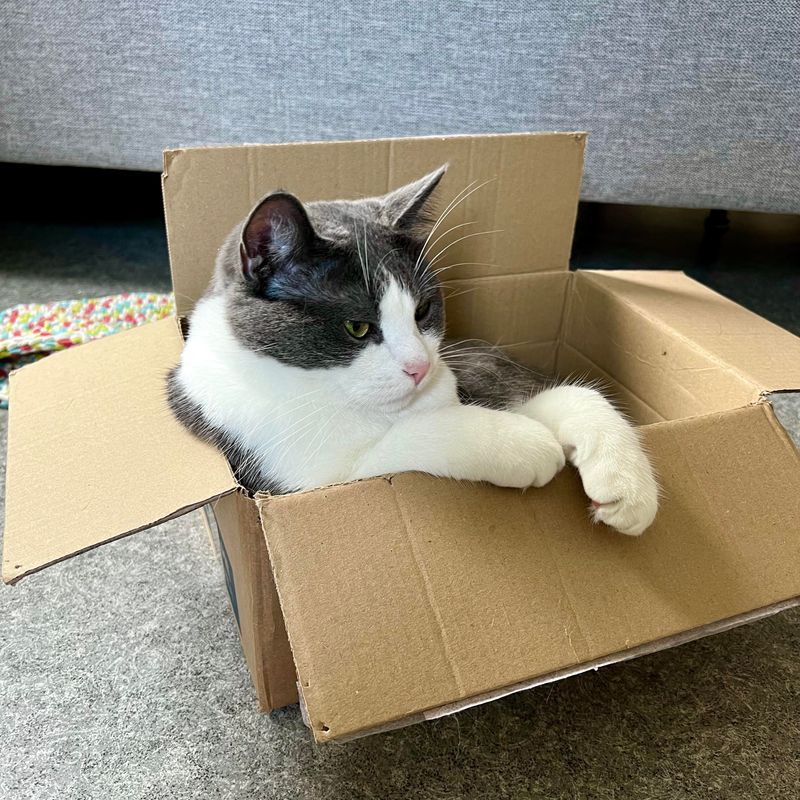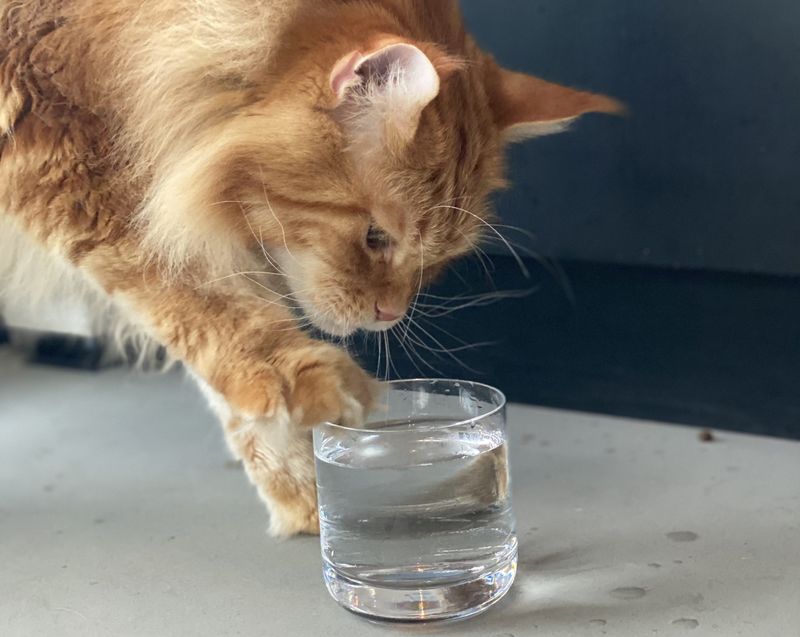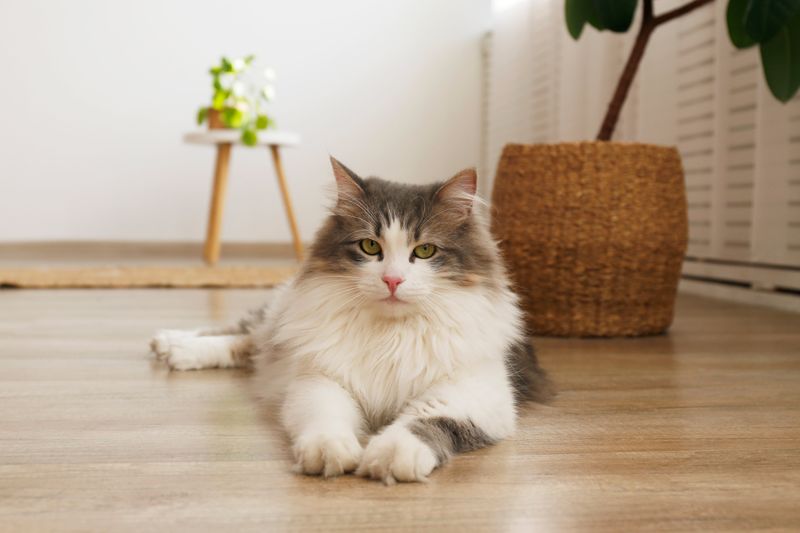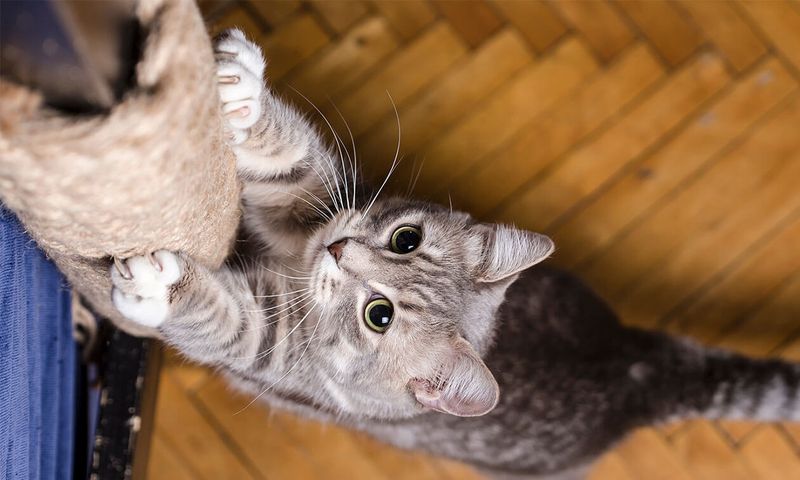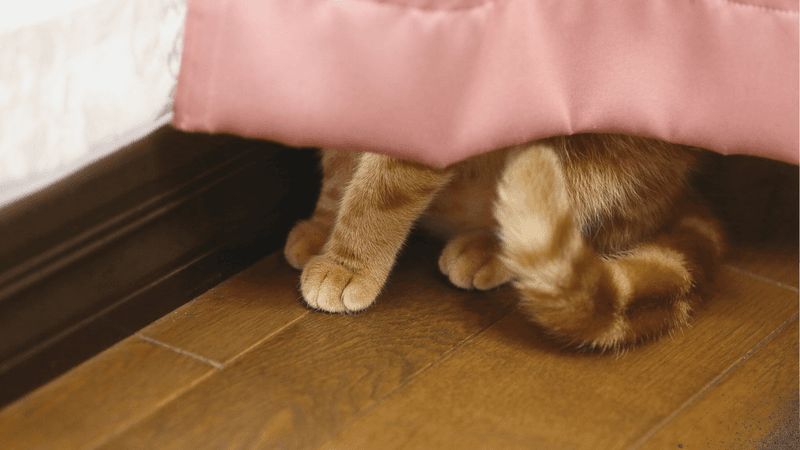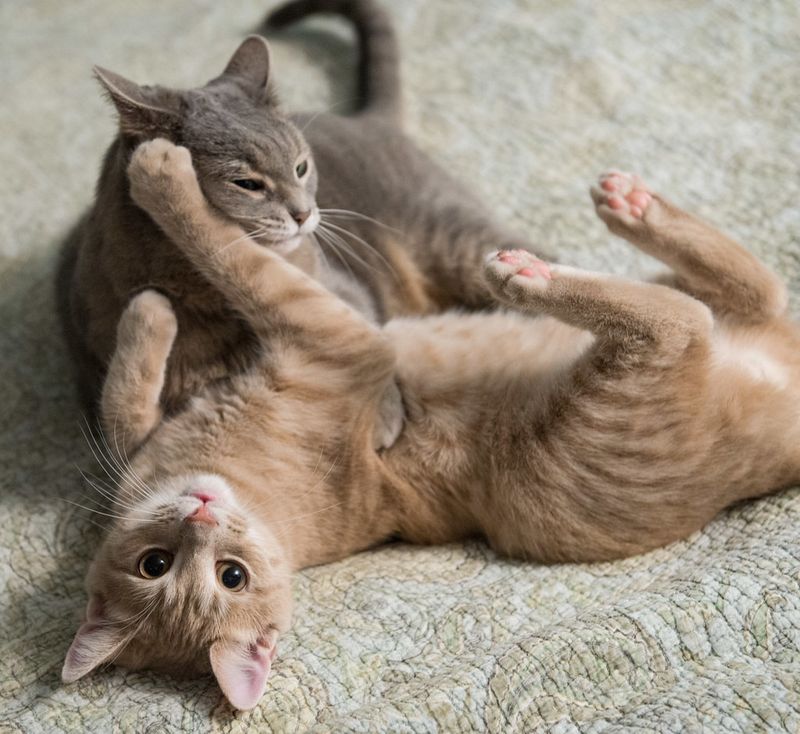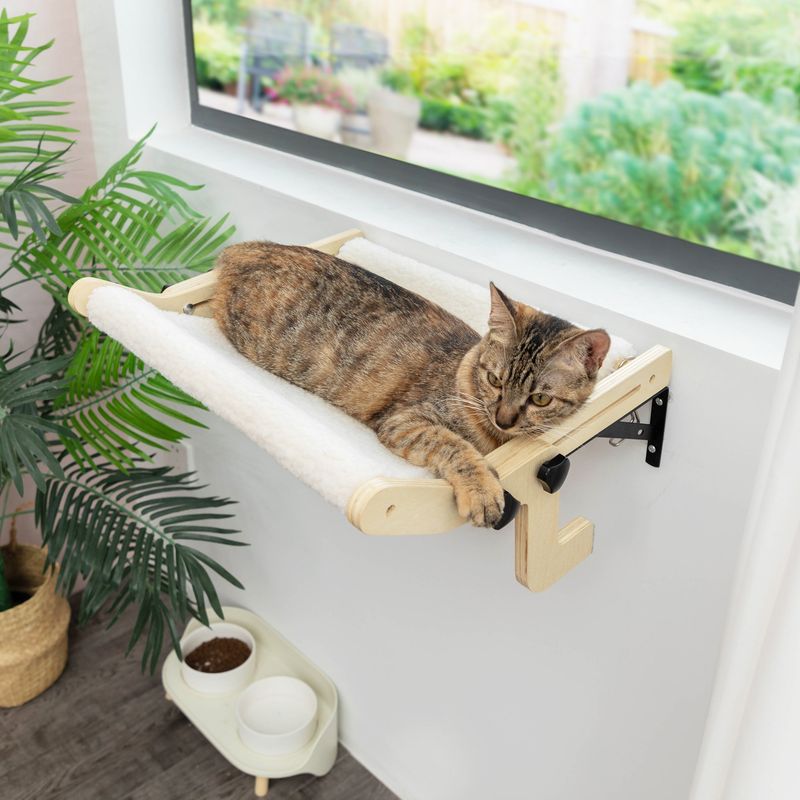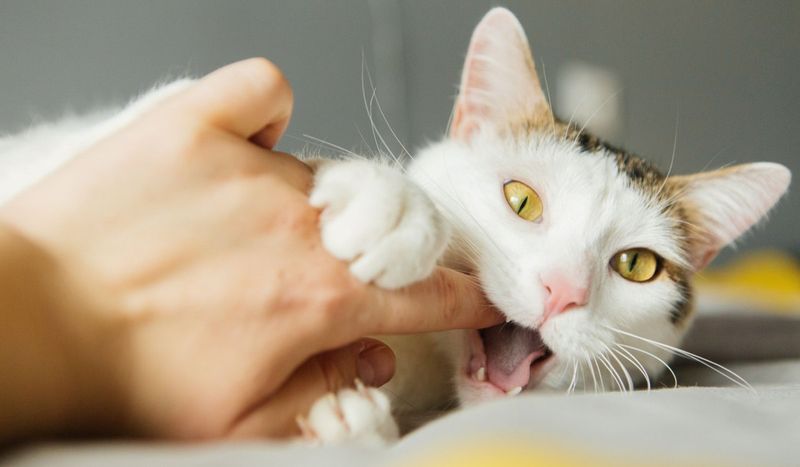📖 Table of Content:
- 1. Understanding Your Cat’s Curiosity
- 2. The Role of Routine in Your Cat’s Life
- 3. Decoding the Cat’s Purr
- 4. The Enigma of Cat Naps
- 5. Reading Your Cat’s Body Language
- 6. The Importance of Play
- 7. Why Cats Knead
- 8. Understanding Cat Vocalizations
- 9. The Mystery of the Cat Stare
- 10. Why Cats Love High Places
- 11. The Fascination with Boxes
- 12. The Connection Between Cats and Water
- 13. Cats and Their Territorial Nature
- 14. The Significance of Scratching
- 15. Why Cats Hide
- 16. The Social Structure of Cats
- 17. The Impact of Environment on Cats
- 18. How Cats Show Affection
Cats are mysterious and captivating animals that continue to intrigue us with their complex behavior. Their unique personalities and ways of thinking often leave us wondering what truly goes on inside their minds. Understanding how cats think can deepen the bond between humans and their feline companions.
From their subtle body language to their silent communication, cats have developed intricate methods of expressing themselves. Their ability to read human emotions and adapt to different environments showcases a remarkable level of intelligence. Yet, the way they process information and respond to stimuli remains largely a mystery.
Exploring the inner workings of a cat’s mind can reveal unexpected behaviors and surprising instincts. These insights not only highlight the complexity of feline cognition but also shed light on their natural instincts and evolutionary traits. Delving into the world of feline thought provides a deeper appreciation for these enigmatic creatures.
1. Understanding Your Cat’s Curiosity
Cats are naturally curious creatures, constantly exploring their surroundings. This curiosity stems from their predatory instincts, inherited from their wild ancestors. When your cat investigates every nook and cranny, it’s not just about finding prey, but also understanding their environment. This behavior is essential for their mental stimulation and happiness.
Providing a stimulating environment with toys and interactive activities can satisfy their need to explore. Observing your cat’s curiosity can also strengthen your bond, as you engage with them during their playful investigations. Encouraging this behavior through play can lead to a healthier and more content feline friend.
2. The Role of Routine in Your Cat’s Life
A fixed routine is essential for cats, who expect their daily meals, play sessions, and rest at specific times. This sense of structure helps them feel secure and in control. Any interruption in their routine can lead to anxiety, often showing up as excessive grooming or vocalization.
Adhering to a consistent routine can help maintain your cat’s emotional well-being. Small rituals, such as regular feeding times or play sessions, can significantly enhance their comfort. Understanding the importance of routine can lead to a more harmonious relationship with your feline companion.
3. Decoding the Cat’s Purr
The soothing sound of a cat’s purr is often associated with contentment, but it can also signal other emotions. Cats purr when they’re happy, but also when they’re in pain or seeking comfort. This sound is believed to have healing properties, with frequencies that might promote bone healing and reduce pain.
Observing when and where your cat purrs can provide clues about their emotional state. Providing a comforting environment is key in understanding the nuances of this behavior. By paying attention to the circumstances surrounding the purring, you can better cater to your cat’s emotional needs.
4. The Enigma of Cat Naps
With up to 16 hours of sleep a day, cats are true champions of napping. This sleep pattern is an evolutionary trait, designed to save energy for their hunting activities. Cats also experience REM sleep during their naps, which suggests they could be dreaming. A peaceful and comfortable resting environment is key to supporting your cat’s well-being.
Understanding their sleep patterns can help you recognize signs of health issues, as changes in sleep behavior may indicate stress or illness. Ensuring your cat has quiet, restful areas can contribute to their overall happiness.
5. Reading Your Cat’s Body Language
Understanding a cat’s body language is key to interpreting their feelings and intentions. A cat with its tail up is usually happy and confident, while a flicking tail can indicate irritation. Ears and whiskers also play a role; forward-facing ears and whiskers suggest curiosity, whereas flattened ears indicate fear or aggression.
Observing these subtle cues can help you respond appropriately to your cat’s needs. This knowledge enables you to build a stronger bond by addressing their emotions and adjusting your behavior accordingly. By learning their body language, you can foster a more trusting relationship.
6. The Importance of Play
Play is a vital aspect of a cat’s life, fulfilling their instinctual hunting desires and providing physical exercise. Engaging your cat in play not only combats boredom but also strengthens your bond. Interactive play sessions can alleviate stress and prevent behavioral problems by allowing them to express natural behaviors.
It’s important to vary toys and activities to keep them interested and mentally stimulated. By dedicating time each day to play, you contribute significantly to your cat’s health and happiness. This investment in playtime reaps rewards in a well-adjusted and content feline companion.
7. Why Cats Knead
Kneading, often described as ‘making biscuits’, is a behavior observed in many cats. This rhythmic motion is comforting and reminiscent of their kittenhood, when they kneaded their mother’s belly to stimulate milk flow. Kneading can indicate contentment, relaxation, or a desire to mark territory with scent glands located in their paws.
Providing soft, comfy surfaces for kneading can enhance your cat’s comfort and happiness. Understanding this behavior helps you appreciate the complex emotional life of your feline friend. Kneading is a sign of trust and affection, and knowing its roots can deepen your relationship.
8. Understanding Cat Vocalizations
Known for their vocal nature, cats use a range of sounds to communicate with humans and other animals. Each sound, whether it’s a meow, purr, hiss, or chirp, serves a specific purpose, such as expressing hunger or signaling a threat. Paying attention to the context and type of vocalization helps you better understand your cat’s feelings and desires.
Training yourself to recognize these sounds can prevent misunderstandings and foster a stronger bond. Addressing your cat’s vocal cues appropriately enhances their sense of security and well-being. Engaging in ‘conversations’ with your cat can be both entertaining and enlightening.
9. The Mystery of the Cat Stare
A cat’s stare can be both captivating and bewildering. This intense gaze is often a sign of focus, curiosity, or trust. In the wild, a fixed stare is part of their hunting strategy, used to observe prey carefully. In domestic settings, your cat might be watching you with the same intensity, indicating interest or affection.
Understanding that a stare can also communicate trust and a desire for interaction helps you respond appropriately. Offering a reassuring blink can reciprocate their affection and strengthen your bond. Recognizing the nuances of a stare can enhance your relationship.
10. Why Cats Love High Places
With their evolutionary need to watch for predators and prey from above, cats have a strong preference for high places. These elevated areas offer them both safety and a commanding view of their environment. By creating perches like shelves or cat trees, you can cater to this instinctive behavior.
Observing your cat’s preference for heights can also offer insights into their mood and health. Encouraging access to vertical spaces allows them to exercise, explore, and feel secure, leading to a happier and more confident feline.
11. The Fascination with Boxes
Cats are famously fond of boxes, finding them to be ideal hiding and resting spots. The enclosed space provides security, warmth, and a perfect vantage point for observing their surroundings. This behavior is linked to their instinctual need for safe resting places and strategic hunting hides.
Offering boxes can enrich your cat’s environment, providing mental stimulation and comfort. Observing their play and rest habits with boxes can reveal aspects of their personality. By understanding their love for confined spaces, you can create a more enjoyable and stress-free environment for your cat.
12. The Connection Between Cats and Water
While many cats are notorious for avoiding water, some are intriguingly drawn to it. This fascination can be linked to their wild ancestors, who may have fished for food. Cats might enjoy the movement and reflections in water, finding it a source of entertainment and curiosity. Providing opportunities to interact with water, like fountains or shallow bowls, can satisfy this interest.
Observing your cat’s interactions with water can provide insights into their playful and exploratory nature. Encouraging this behavior in a safe manner can enhance their daily experiences and enrich their lives.
13. Cats and Their Territorial Nature
Cats are territorial animals, using scent glands to mark their domain. This behavior is crucial for establishing boundaries and communicating with other animals. Cats rub their faces, bodies, and even scratch surfaces to deposit their scent, creating a familiar and comforting environment. Understanding this territorial behavior helps you manage your home, providing areas where your cat can safely mark territory.
It also explains why cats might be wary of new spaces or objects. Respecting their need for personal space and allowing them to claim their territory can reduce stress and increase their sense of security.
14. The Significance of Scratching
Removing dead claw layers, stretching muscles, and marking territory are all key reasons for this instinctive behavior. Providing suitable scratching surfaces can protect your furniture and ensure your cat stays physically healthy.
Encouraging this behavior on designated objects, like scratching posts, satisfies their instinctual needs and enhances their environment. Understanding the reasons behind scratching can help you accommodate this behavior without frustration. By promoting healthy scratching habits, you contribute to your cat’s happiness and maintain a harmonious home.
15. Why Cats Hide
Hiding is a common cat behavior, often misunderstood by owners. It can indicate fear, stress, or simply a need for solitude. Cats may seek out dark, secluded spots to retreat from perceived threats or to rest undisturbed. Providing safe hiding places can help your cat feel secure and reduce anxiety. Observing when and how often your cat hides can offer insights into their emotional state and overall well-being.
By respecting their need for privacy and acknowledging their hiding spots, you can ensure a more comfortable and stress-free environment for your feline friend.
16. The Social Structure of Cats
Cats are often perceived as solitary animals, but they can form complex social bonds. Whether with humans or other cats, these relationships are based on mutual grooming, play, and shared space. Understanding your cat’s social needs can help you foster positive interactions and reduce loneliness.
Providing opportunities for socialization, such as playtime or introducing a companion, can enrich their lives. Observing their social behavior provides insights into their preferences and helps tailor their environment to meet their needs. By recognizing the importance of social bonds, you can enhance your cat’s emotional well-being.
17. The Impact of Environment on Cats
A cat’s environment significantly influences their behavior and mood. Enriched surroundings with various stimuli, like toys, perches, and hiding spots, cater to their natural instincts. Changes in environment, such as moving or rearranging furniture, can cause stress or curiosity.
Understanding these impacts can help you create a more comfortable and stimulating space for your cat. Observing your cat’s reactions to environmental changes can guide you in making adjustments that promote their happiness. By providing a dynamic and engaging environment, you support your cat’s mental and physical well-being, ensuring a contented companion.
18. How Cats Show Affection
Affection in cats often comes in quiet, subtle forms that owners might not always recognize. Headbutting, purring, and soft nibbles are all ways cats express love and trust. Understanding these behaviors can deepen the connection between you and your feline companion.
Giving attention and returning affection helps create a strong, positive bond with your cat. Recognizing how your cat shows love leads to deeper, more meaningful interactions. By observing these behaviors, you gain insight into their emotional state, strengthening your connection.
